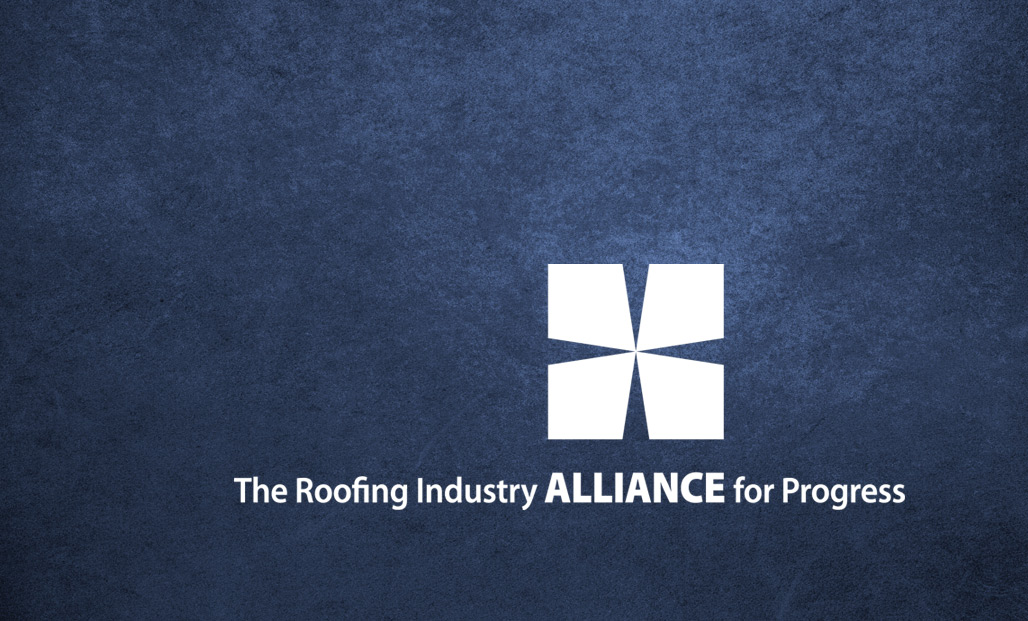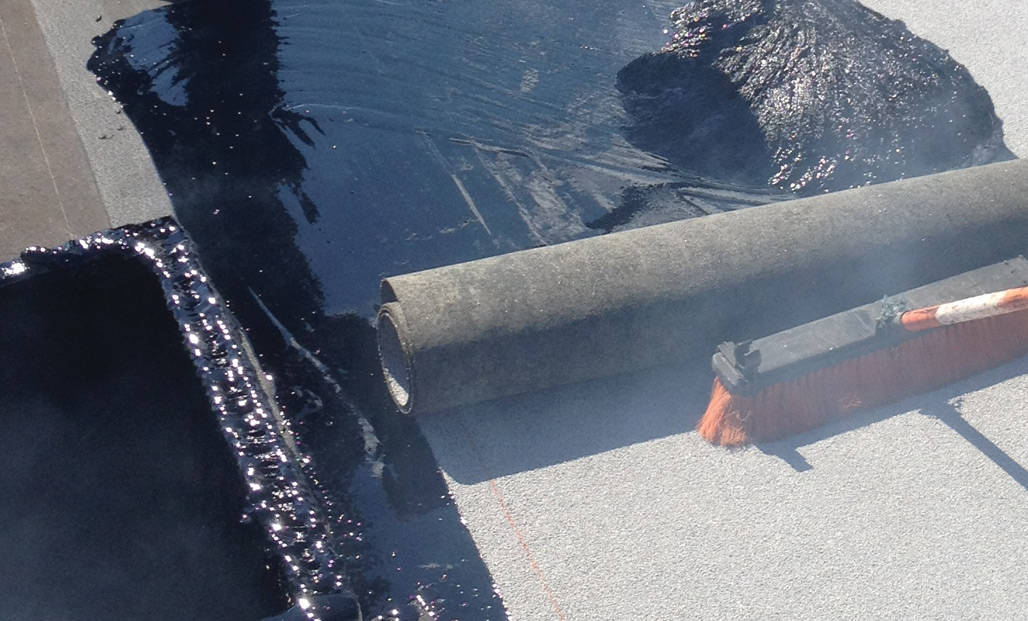Hazards facing roofing workers generally are readily apparent, such as fall hazards at holes and roof edges, fire hazards from flammable liquids, gases and combustible materials, electrical hazards posed from power lines, and noise hazards from various machinery and equipment used during roof system removal or installation.
But one hazard—radio frequency (RF) radiation—sometimes is concealed. RF radiation is energy emanating from antennae or transmitters for wireless communications that may be present on roofs. More troubling, no government regulation requires signs or barricades to warn workers of this hazard.
Background
Increased use of wireless communication throughout the U.S. has resulted in a proliferation of wireless transmitters and antennae. The Federal Communications Commission (FCC) is the government agency with jurisdiction over licensing and managing the electromagnetic spectrum in which transmitters and antennae producing RF radiation operate. Radiation in this context refers to energy moving through space in the form of waves or particles. Electrical charges generate electromagnetic waves that radiate away from a transmitting antenna and are collected by a receiving antenna. RF radiation usually is categorized by wavelength frequencies (waves per second measured in hertz) in the range of 3 kilohertz to 300 gigahertz. Microwave radiation also is in the electromagnetic spectrum but at higher frequencies and shorter wavelengths.
Federal law requires the FCC to evaluate how emissions from RF transmitters affect people. The Occupational Safety and Health Administration has a construction standard applicable only to microwave radiation and a general industry standard tailored to a limited range of frequencies. A number of nongovernmental organizations have issued recommended RF radiation exposure levels, including the American National Standards Institute, Institute of Electrical and Electronics Engineers (IEEE), and National Council on Radiation Protection and Measurements. The FCC established guidelines for RF radiation exposure limits based on two categories relating to the nature of the people exposed:
- Occupational or controlled exposure limits apply to workers who are exposed during the course of performing a job but only if the workers have been made fully aware of the potential for exposure and can exercise control over the exposure. A subcategory of occupational exposure is transient exposure, which occurs when a person passes through an area where exposure levels may be above general population limits but only if the person has been made fully aware of the potential for exposure and can exercise control over the exposure; otherwise, the exposure is deemed to be a general population or uncontrolled exposure.
- General population or uncontrolled exposure limits apply to conditions where the general public may be exposed or a worker as part of his or her job is in an area of exposure but is not fully aware of the potential for exposure or cannot exercise control over the exposure.
Health effects
RF radiation at its highest levels can heat human tissue—the resulting so-called thermal effect will depend on an antenna's power, wavelength frequency and an individual's proximity to the energy source.
According to the University of Ottawa's McLaughlin Centre for Population Health Risk Assessment in Ontario, Canada, eyes particularly are vulnerable to the thermal effects of RF radiation, resulting in possible cataracts, decreased mental ability and other cognitive issues. Physical contact with an antenna also may cause shock or burns.
Effects of nonthermal RF radiation exposure are difficult to establish and quantify. Past studies have been limited and inconclusive as to causal links between RF radiation and cancer, reproductive problems and headaches, among other conditions. The FCC notes research in North America and Europe has reported animals and animal tissue exposed to low levels of RF radiation exhibit immune system changes, as well as neurological, behavioral, brain tissue and DNA effects. Some studies have examined a possible link to cancer from RF radiation exposure, but more extensive research is needed.
Hazard identification
Because of the stealth nature of RF radiation on roofs, it is difficult to assess the complicated issues of exposure levels and causative factors of symptoms a roofing worker may present. In most instances, workers may be unaware of the presence of the equipment, its potential for harm and precautions to take to avoid exposure. RF transmitters often are fully exposed on a roof; however, as some of the photos indicate, determining the presence of an RF source often is not possible because of the use of screens or building elements that conceal the equipment. Even if a worker is aware of the presence of an antenna, he or she may not make a connection between any ill effects experienced and RF radiation exposure.
Before starting a job, NRCA recommends you ask the building owner or facility manager about the locations of transmitters and check the roof for any signs indicating the presence of transmitters. RF energy on a roof may be sourced from adjacent properties over which the building owner or facility manager has no control or knowledge. Be aware that RF energy from adjacent properties depends on many variables and can only be determined conclusively by an RF survey. But note the more powerful the waves emitted, the greater the distance must be between it and a worker.
If a transmitter is located on a roof where roof system repairs or installation will take place, the nature of the exposure must be assessed. Areas where RF energy may be absorbed by workers and, more important, the maximum permissible exposure level only can be determined positively through the use of an RF surveying device by a trained professional. Often, a job site may have signs indicating the nature and locations of RF hazards, but the reliability of the signs is suspect.
Once a transmitter's location and status are determined, appropriate controls can be put in place. This process should be accomplished under the broader policies and procedures of your company's safety program or a specific RF safety program.
RF safety program
The IEEE Standards Association has published C95.7-2014, "IEEE Recommended Practice for Radio Frequency Safety Programs, 3kHz to 300 GHz," which contains elements of an RF safety program. C95.7-2014 is intended to assist in the development of RF safety programs to prevent exposures exceeding permissible limits for workers or the public. This is accomplished by characterizing RF areas into one of four categories based on the potential for RF radiation exposure and then applying suitable engineering and administrative controls to reduce or eliminate excessive exposure. Importantly, the standard states some situations may demand only a minimal safety program or none at all while others may require an exposure assessment by an RF safety professional.
The specific RF safety program components recommended in IEEE's standard are based on the severity of the RF radiation exposure conditions but generally follow the components you already may have in place as part of your general safety program; they are:
- Administrative elements, including a written policy, program administrator, record keeping, worker involvement and safety committee
- Hazard identification through exposure assessment or RF source inventory provided by a building owner
- Hazard controls, including engineering controls (physical, indicative barriers such as chains or rails) and administrative controls (signage, safe work practices, lockout/tag out and source power control)
- Safety training, including training about general RF safety-awareness, RF exposure limits and incidence response
- Program audit, including implementation and assessment
One critical program component you may implement even if a full RF safety program may not currently be warranted or feasible is RF safety-awareness training. Under C95.7-2014's Annex A, a comprehensive outline for such training is provided that may help assess content from RF training providers or help you develop in-house content for your employees. Pertinent topics include examples of RF radiation sources, antenna types, biological effects of RF radiation, safety standards, engineering and administrative controls, incident response and site evaluation.
Work to be done
Although NRCA has presented articles, a webinar and seminar sessions about RF radiation during the past several years, much work needs to be done to better understand the nature of roofing worker exposures to RF radiation. NRCA is working with the United Union of Roofers, Waterproofers and Allied Workers and RF professionals to increase awareness of RF radiation; the two organizations recently issued a safety alert dedicated to the subject of RF radiation.
However, the primary obligation for controlling the hazard and protecting workers and the public belongs to the wireless communications companies and entities licensed by the FCC to install this equipment. Any broad solution to minimize or eliminate RF hazards in the roofing industry must start there, and NRCA and its partners expect to be at the forefront of the effort.
Harry Dietz is NRCA's director of risk management.
For articles related to this topic, see:
"The risks of radiation," October 2010 issue
Job-site hazard analysis and controls
- Check with the building owner or facility manager as to the presence and specific location of each RF transmitter on a job site.
- Inspect the job site and adjacent areas for RF equipment and signs.
- Determine from the FCC licensee whether equipment may be shut down or shielded during roofing work.
- Get written verification of the shutdown.
- Keep workers away from transmitters until transmitters are shut down.
- Alert the building owner if a transmitter must be removed and reinstalled by the licensee during roof system repairs or installation.
- Train roofing workers to recognize RF transmitters and hazards, the importance of warning signs or restricted access areas, and symptoms of RF exposure.
RF safety and health concerns
- Shock or burns from physical contact
- Thermal effects (eye damage, cognitive issues)
- Nonthermal effects (reproductive harm, behavioral changes, possible link to cancer)



